![]()
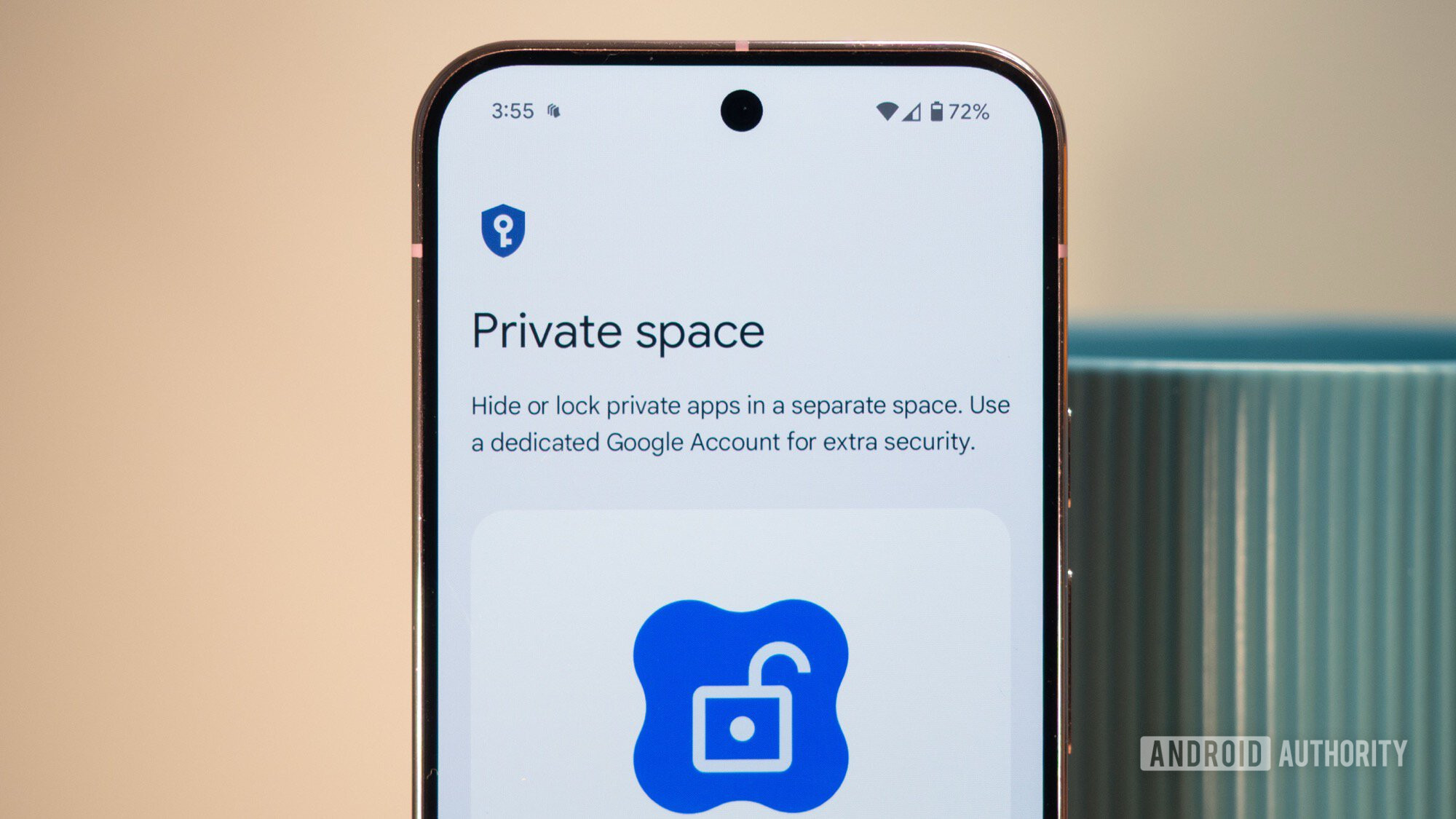
Rita El Khoury / Android Authority
When Android 15 landed with Private Space in tow, everyone — me included — winked at their screen and nodded, knowing exactly what that new feature would be used for. I won’t delve into your or my private business; that’s not exactly my jam. But when I activated Private Space on my Pixel 9 Pro (it’s a Pixel exclusive for now), I realized that it’s a very powerful and unique addition to my Android phone that enables me to do things I couldn’t before.
With time, I’ve come across five different use cases for Private Space that make it essential for me because of security, privacy, distraction management, or convenience. If you’re not familiar with the feature, check out how to activate and use Private Space, and then follow me as I explain how I personally use it.
Do you use Private Space on your Pixel (or a similar feature on other Android skins)?
266 votes
Private Space secures my most important apps
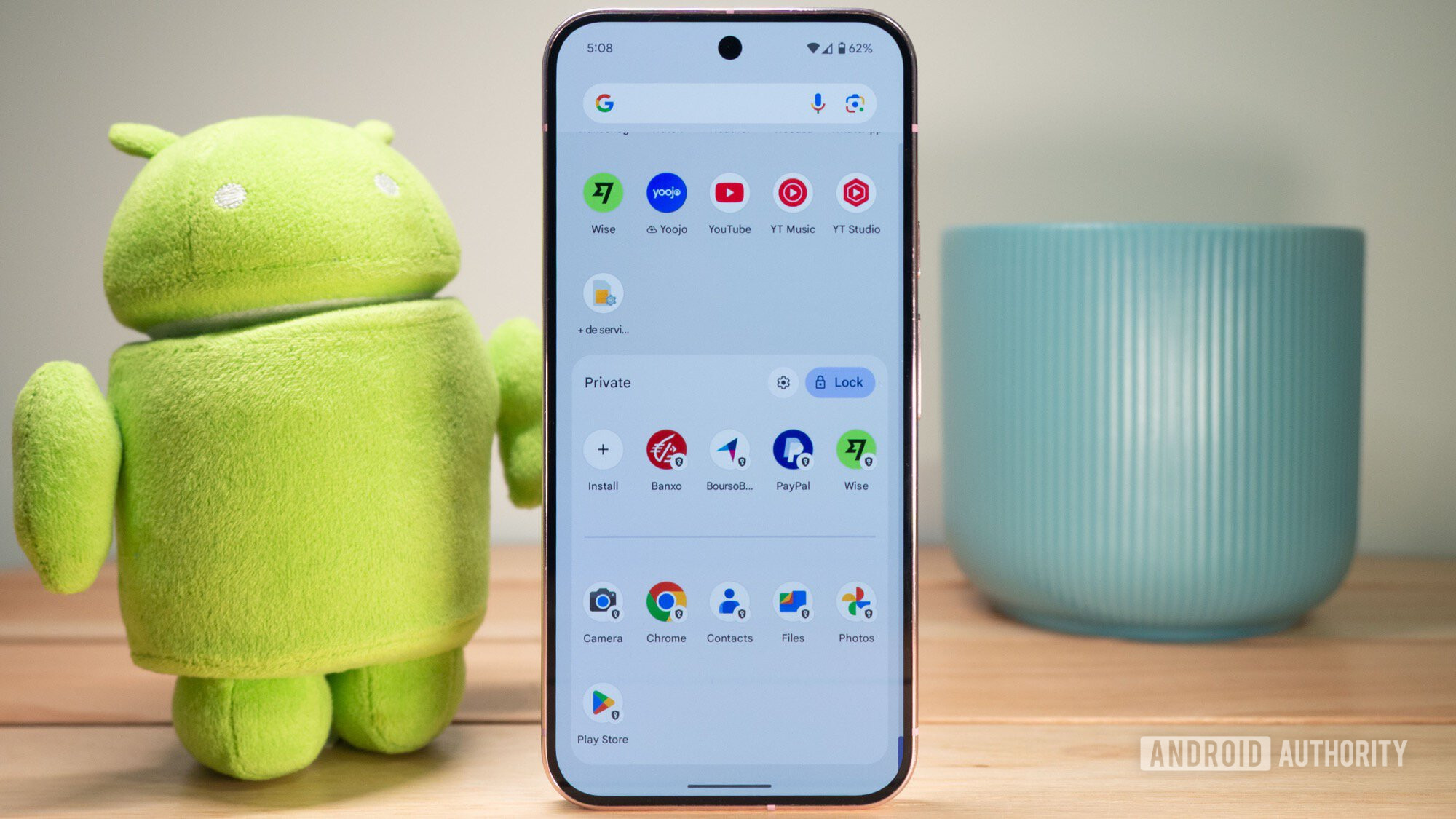
Rita El Khoury / Android Authority
If my Android phone falls into the hands of a thief, especially if they manage to snatch it from me when it’s unlocked or if they somehow steal my PIN code, I don’t want them to have access to my most sensitive apps. Hiding financial apps under Private Space, and making sure Private Space itself is hidden too, adds one more layer of security. This ensures that thieves or nosy people either don’t see these apps at all or aren’t able to access them because they’re locked behind a different PIN code. (Google has a disclaimer about malicious apps or adb being able to detect private apps, but I still think it’s worth it for being one more layer to deter petty thieves.)
I do leave one banking app in the main app drawer, though — usually the one with the smallest account and no credit card access. That’s usually my day-to-day account. The other apps often live in my Private Space, though I’ve had to make peace with the fact that I never receive any notifications from them because of the feature’s limitation. That’s usually fine, except for French banking apps, which always require me to validate any online payment by going through the app and agreeing. Since I don’t get any notifications, I have to manually unlock Private Space, open the app, and then agree to the payment pop-up, but that’s a small price to pay for extra security.
Hiding financial apps from my drawer is an extra layer or protection against petty thieves and prying eyes.
I’ve also tried putting the apps for my smart lock and security system in Private Space to stop anyone from opening my front door or disarming my alarm, but the problem is that I do definitely rely on getting notifications from these apps. A workaround would be to create two users with different permissions — one visible in my app drawer with limited powers and one hidden in Private Space with admin privileges — but I haven’t been able to dial in those permissions exactly to my liking. So for now, these apps remain in my main app list.
I also attempted to hide 1Password, my password manager, to keep any passwords away from prying eyes, but I noticed that I heavily rely on it as an autofill solution and I can’t use that if it’s locked in private. Manually checking login details every time was very inconvenient. I know that using two different password managers would circumvent that, but it’s a very overkill solution for me, for now.
Private Space isolates and deprives privacy-hogging apps
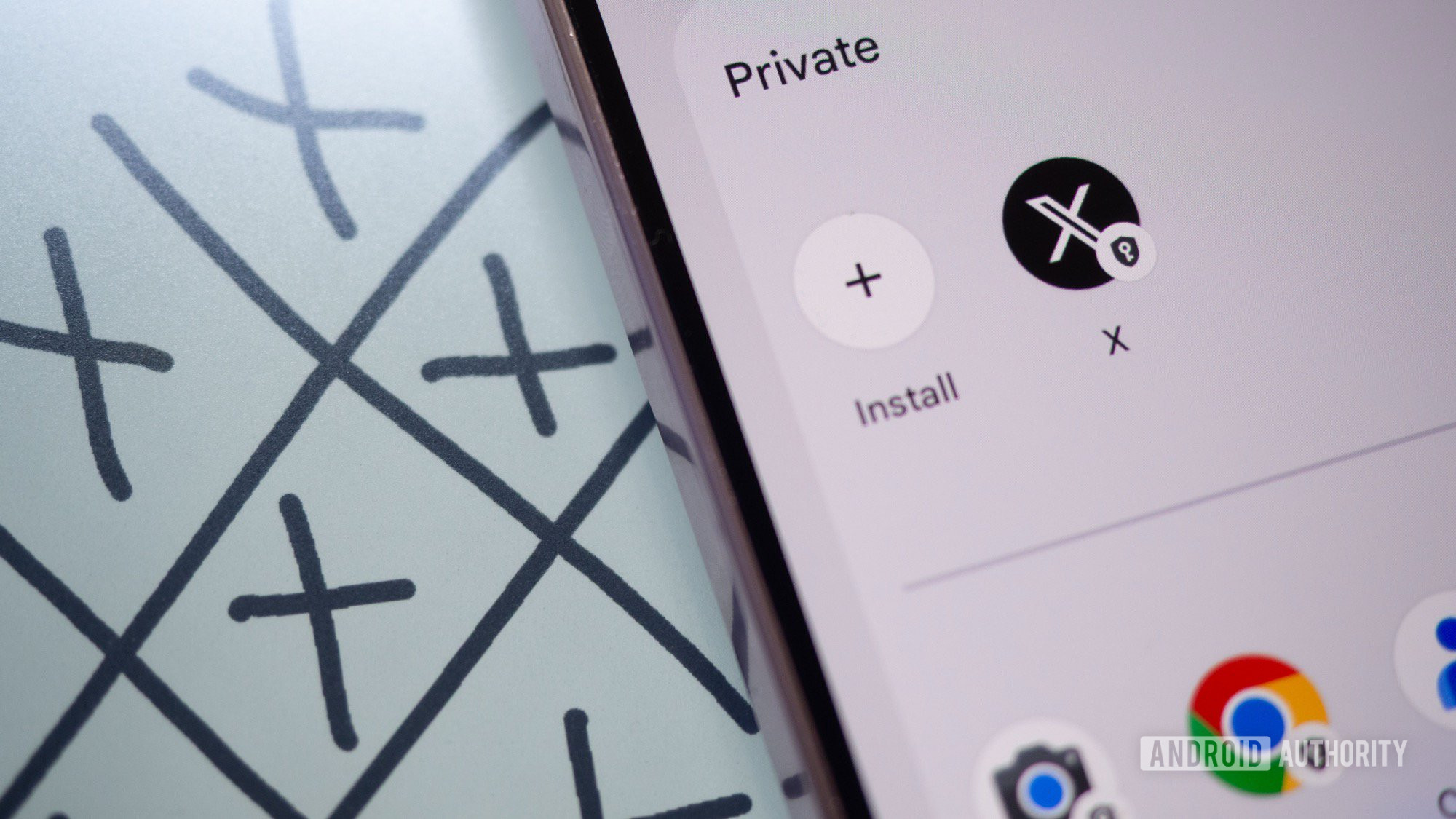
Rita El Khoury / Android Authority
Notifications aren’t the only thing that Private Space stops. The feature essentially sandboxes and quarantines apps in a separate environment with no access to my contacts, calendar, files, photos, or anything else on my phone. And that’s absolutely perfect when I want to use an app that I don’t completely trust.
Private Space is a perfect way to quarantine problematic apps and give them zero front- or back-door access to my data.
Sometimes it’s an app from a developer I don’t know, sometimes it’s a random app I’m briefly testing and want to delete later, and sometimes, it’s just Twitter X. No matter the reason, if there’s an app I’m not so sure about or want to keep away from the rest of my phone, then Private Space is where I’ll install it. That way I know that I’m giving it less room to roam and less data to siphon by default. Plus, when Private Space is locked, potentially problematic apps can’t perform any background actions, use any of my phone’s sensors, or track me across other apps. Private Space keeps them off and offline, and I love that.
My least used Google account lives in Private Space
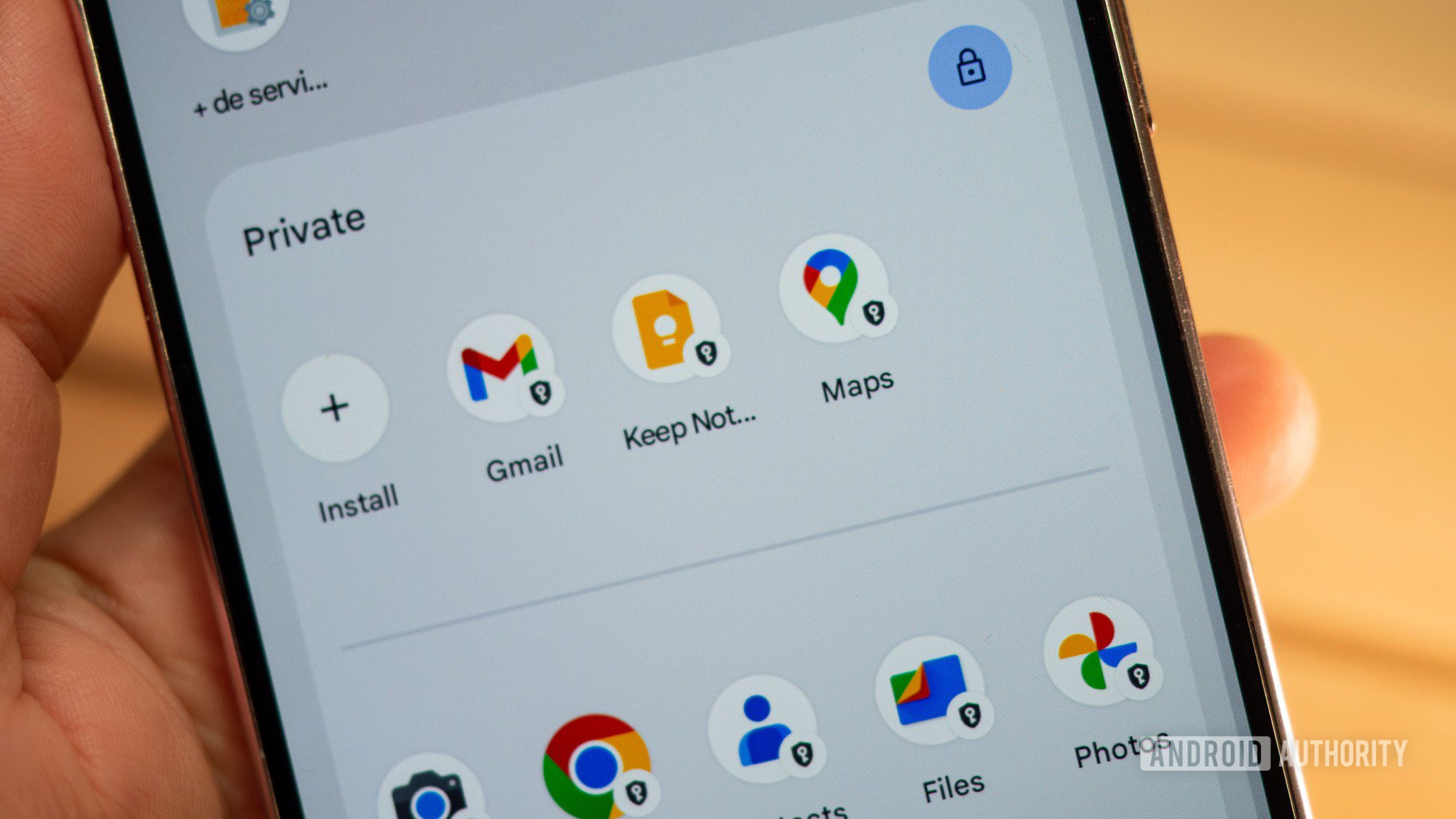
Rita El Khoury / Android Authority
I have four Google accounts, three of which I use daily (personal, work, and shared with my husband). The fourth one is an old shared account that my husband and I created on a trip to Austria when we were still living in Lebanon. It was meant to help us get access to Google features and apps that were available in the EU but not on a Lebanese account. Since then, we’ve moved to France and created a shared French account, so this fourth account is not longer essential. But it still has a thing or two that we care about and that we weren’t able to migrate or were too lazy to migrate.
Since I rarely use this account, I don’t want it installed on my phone, littering every account picker and account switcher menu. I just want access to some things a few times a year. Previously, I accessed it from the browser sometimes or added it to my phone then remove it, but not anymore. Now, that’s the account I associate with my Private Space account and I can just let it be, untouched, for weeks on end, then when I need to check it, I just unlock Private Space and open Gmail, Chrome, Keep, or Maps to check it out.
Private Space is where distracting apps go to die
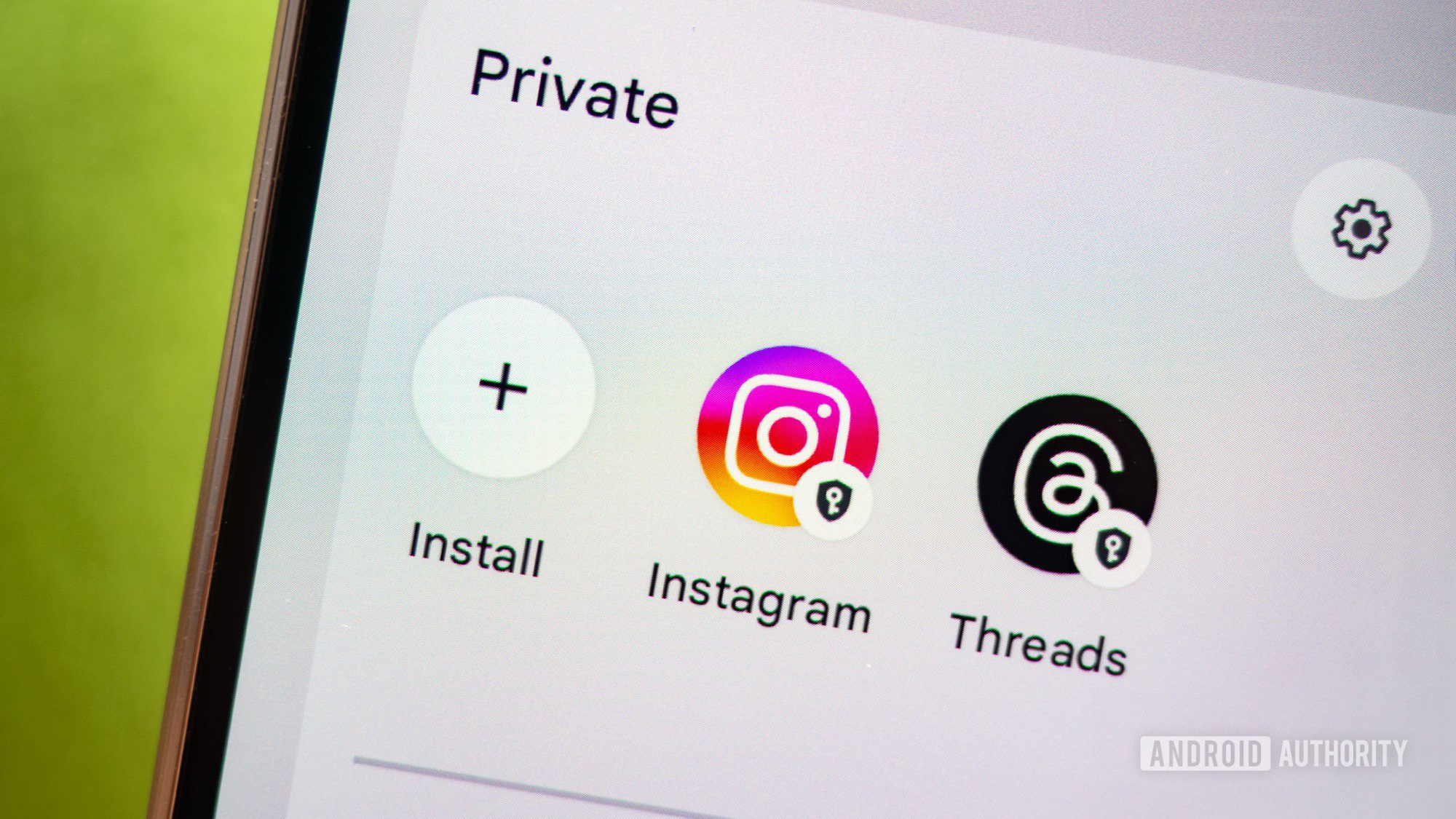
Rita El Khoury / Android Authority
If I could quarantine all of my apps, I would, but for now, Instagram and Threads would have to do. Keeping them locked away means I’m not tempted to open them when I see that icon in my app drawer. With no notifications and no background updates, they have no way to disturb me, either.
I’ve tried putting a time restriction on apps with Digital Wellbeing, but that didn’t do much, and I always ended up unpausing the app once the timer hit. With Private Space, I find that I’m less inclined to open the app because it’s hidden away from my eyes. Out of sight, out of mind, as the proverb says.
Creating two instances of the same app can come in handy
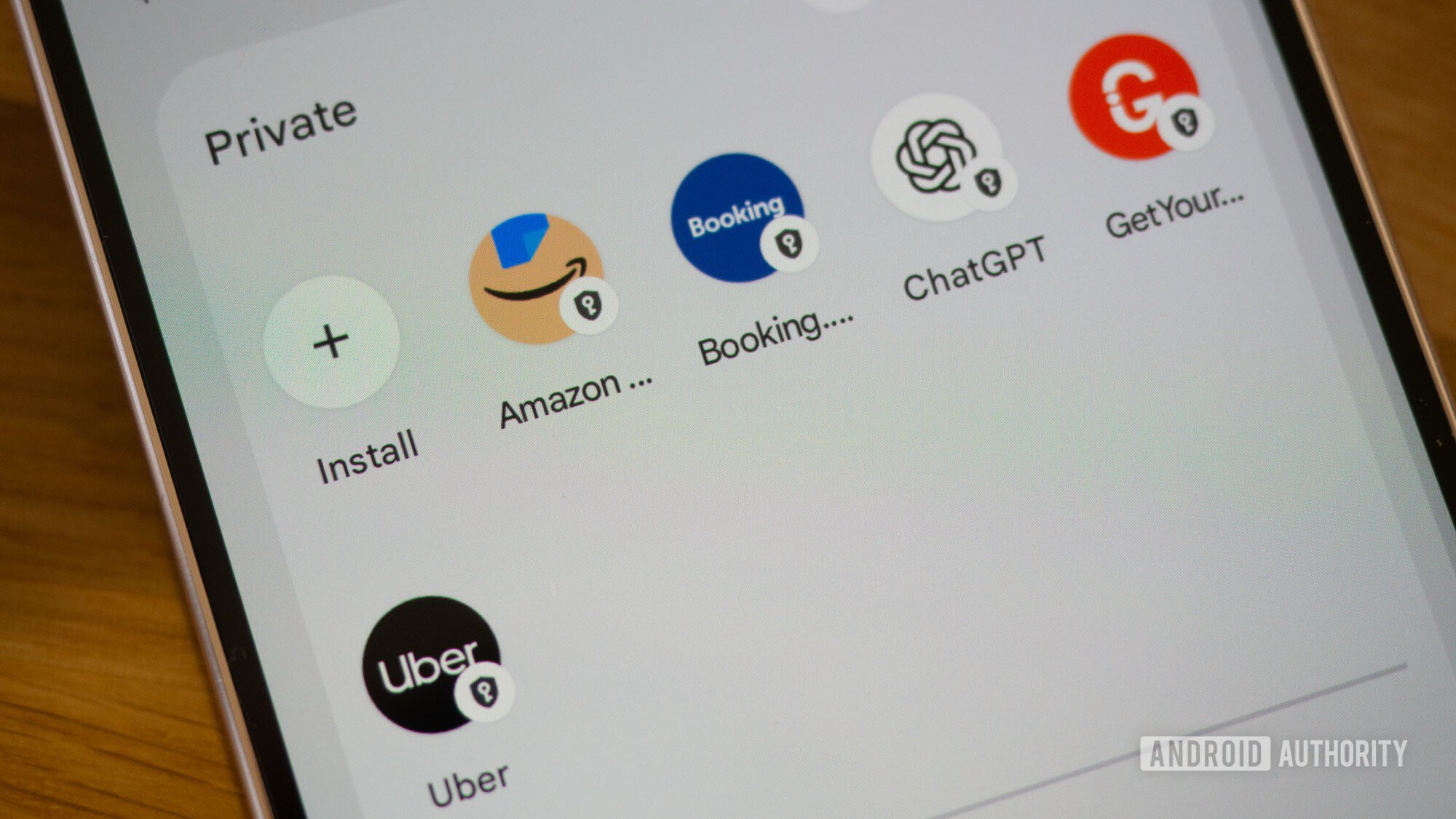
Rita El Khoury / Android Authority
There are a million and one reasons for why you’d need to have two instances of the same app, and the sad part is that stock Android doesn’t allow this when other skins offer it. With Private Space, though, we have a workaround that lets us create a second and independent instance of an app on a Pixel phone.
I find this is very useful in apps that don’t allow me to have multiple accounts logged in at the same time. Amazon, for example, requires a multi-step process to let me switch from my French account to my US, German, Spanish, or Italian ones. And since some items are sometimes heavily discounted in other countries but not in France, I just want quick access to those countries’ stores without messing with my main account. That’s why I use a secondary instance of Amazon to check prices and order items from other countries.
I also have two Spotify accounts in different locales that are useful when I come across geo-restricted music. Instead of logging out and in again, I can just check my second account, see if it’s available there, then decide if it’s worth going through any extra hoops to listen to that music or not. It’s a very restricted use case, but it’s come in handy once or twice.
There are also other apps where I have both a personal account and a joint one with my husband. Booking.com, GetYourGuide, ChatGPT, and Uber are some of the ones that come to mind, and being able to have both accounts logged in on the same phone is a time-saver.
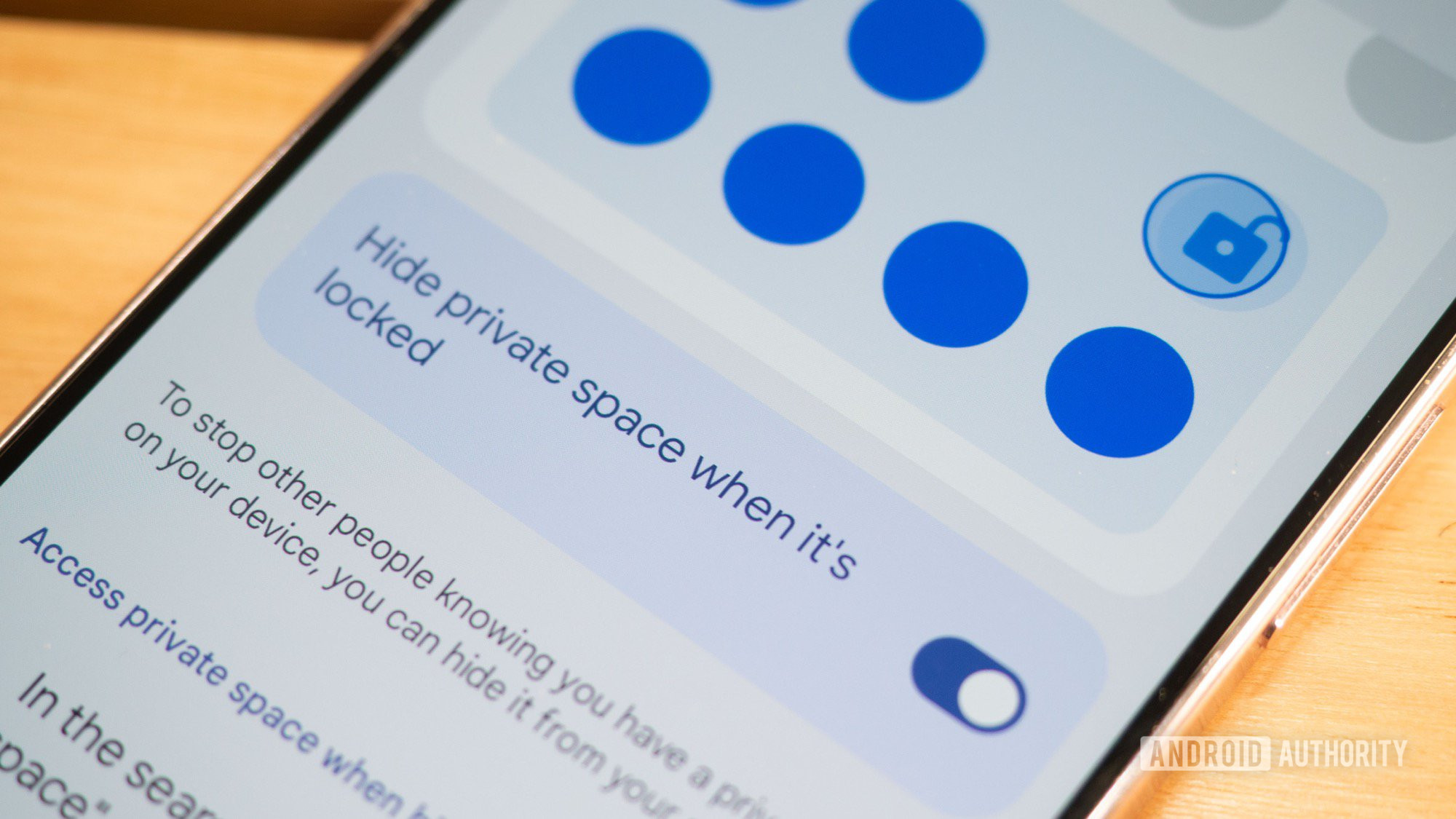
Rita El Khoury / Android Authority
This is where my journey with Private Space ends for now. I know that for many, it’s a convenient way to hide their dirtiest secrets, but I really appreciate the feature for its immense potential. I just hope to see it come to stock Android and stop being a Pixel-exclusive feature.
You might like
